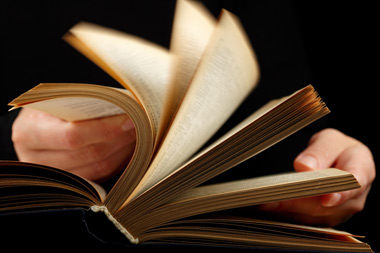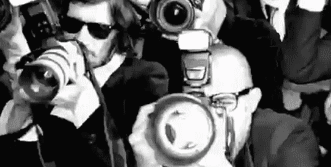How to speed read your way into the fast lane of productivity

You may not need reading speed to rival the world’s fastest reader – but even a small improvement could help you plough through that lurking stack of reports. Jackie Scully explains how a paperback and some basic eye training could give your scanning a boost
At 25,000 words per minute, Howard Berg’s reading speed is fast. As the world’s fastest reader, he could probably devour a white paper before most of us have had a chance to make the coffee we’d need to get through it. And the best bit is, Berg would also be able to summarise his findings afterwards.
Of course, even with a whole host of eye exercises to follow, few of us will ever get close to that level of speed-reading success. But, with regular reading practice, you should be able to pick up the pace, absorb much more management material and improve your productivity. John F Kennedy and Margaret Thatcher mastered it, and so can we.
So, how do you cut down on the time it takes to plough through paperwork? Firstly, there are a few small adjustments you can make now that can make a real difference to your reading speed:
Time it right
It’s surprising how much faster you can read when your mind is fresh and your concentration levels high. For most people, that’s early in the day. Avoid reading large chunks when you’re under a tight deadline. The pressure often means you read and remember very little.
Set the scene
A place away from distractions and background noise will help to focus your mind on the job.
Put down the highlighter pen
Colourful as it is, highlighting passages of text does little to improve reading speed or comprehension. All it does is select sections to put back on the to-do list for re-reading later.
Shut your mouth
There is a tendency for people to subvocalise or say what they’re reading when tackling large documents. Given we speak much slower than we think, this has a big impact on reading speed.
Prioritise those pages
Always read the most important documents first to ensure you’re at your sharpest when tackling key information. Then, you need to focus on reading chunks of text, not single words. A chunk can be as little as two to four words, but this small change can really help save time without losing clarity.
Vary your speed
Bear in mind not all documents are designed for reading at speed. Contracts and scientific papers, for example, would benefit from more careful analysis, whereas newspapers and novels can be scanned with ease. The trick is knowing when to speed up.
Read, read and read some more!
Practice makes perfect after all.
Those looking to give Thatcher and JFK a run for their money, though, will need a bit more than a change of scene. You will only ever be able to read as fast as your eyes will let you. And, given the eye is controlled by a set of muscles, like the rest of your body, it needs to be trained to move quickly. That doesn’t mean time in the gym, just this programme of simple eye exercises that will to get you in good speed-reading shape:
Step 1
Grab yourself a well-read (and preferably good) paperback. No Kindles here I’m afraid.
Step 2
Turn the book upside down so you can no longer read it.
Step 3
Spend 30 seconds pretending to read the book by rapidly passing your index finger over the words and following it with your eye. Turn the pages while doing so and move your eyes from left to right as you would when reading a book normally.
Step 4
Next, turn the book the right way up and read for a minute (again using your finger) at a speed that enables you to absorb the content.
Step 5
Repeat this exercise daily and your reading speed should gradually increase.
Step 6
When you are confident with the above, start to move your eyes down the centre of the page slowly. You should get used to spotting keywords and clues to help you work faster and make better use of time.
Find out more
Check out these speed-reading hints on the CMI website

Press & Media Enquiries
For more information or to request interviews, contact CMI's Press Team on 020 7421 2705 or email press.office@managers.org.uk


